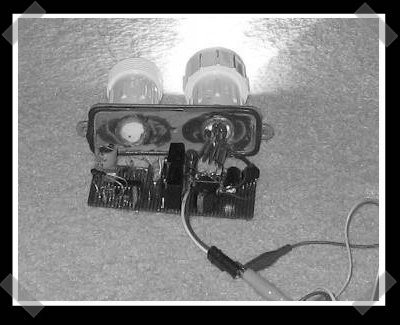
HID lights have a major power consumption and lumen output advantage over halogen lights. Unfortunately the ballast component isn’t very cheap. [brian]’s been building his own ballasts for his mountain bike. We couldn’t find any more info on his design, but we did find some interesting stuff. This document lays out the requirements for a ballast. Here’s an older HID ballast design to get rolling. Keep in mind that the lamp requires high voltages – don’t play with it unless you know what you’re doing. If you’d rather use off the shelf components, check out the HID dive light we wrote up a while back. It uses a fairly inexpensive ballast/lamp combo.
Author: Will O'Brien805 Articles
RGB Laser Diode Projector
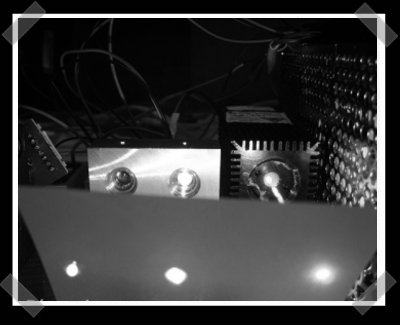
[fl-consult] published this interesting RGB laser diode projector. The build uses three lasers, 532nm green, 660nm red and a 405nm blue diode from an XBox 360 HD-DVD drive. Aside from the salvaged diodes, it uses some off the shelf hardware to power and scan the lasers to make the display. Details are a bit lacking, but google translate helps a bit. If you’re not quite sure what’s going on: the three lasers bounce off of a set of mirrors that scan from side to side as well as up and down to create images.
DIY TomTom Docking Station
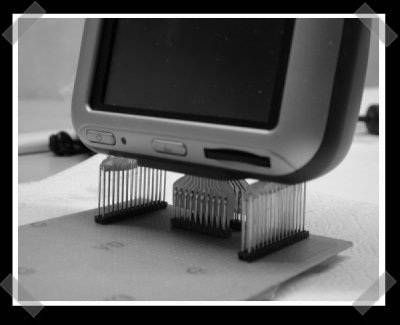
TomToms have been getting pretty cheap. We like ’em because they’re nice and hackable. This diy docking station was made from some etched PCBs, a bunch of male pin headers and a bit of hot glue.
IR Controlled Relays
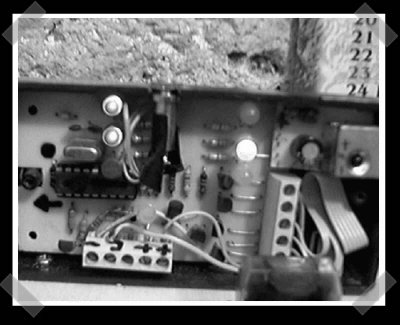
If you’re thinking of building some DIY home automation, this looks like an interesting idea. At the heart is a PIC16F84 that decodes IR signals and controls six outputs – in this case, relays to activate various appliances. The PIC is dirt cheap – if you get a deal on some relays you should be able to build a small local IR HA system for $30… This might be just the thing for my office. It’s cheap enough that it probably wouldn’t walk off.
CRT Blinkenlights
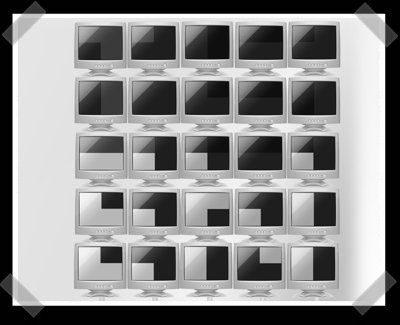
[Julien] sent in his group’s twist on the now classic blinkenlights project. Oddly, the writeup is entirely in jpg form, so I can’t know if he’s finished it yet. One of them promised to send it in during our New uses for old CRT monitors HackIt, so it’s nice to hear something about it. While the classic blinkenlights uses building windows as pixels, this version divides CRT displays into four squares.
Soft Start Your Flashlight For Longer Bulb Life
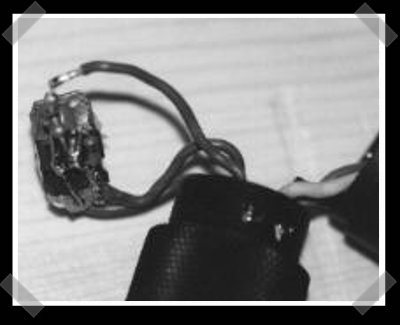
[Reinhard] has a great collection of DIY SCUBA projects. One interesting hack he put together is a soft start circuit to improve the life of the bulb in a flashlight. Despite LEDs getting cheaper, MR16 halogens are dirt cheap and put out some serious lumens.
DIY Slingbox
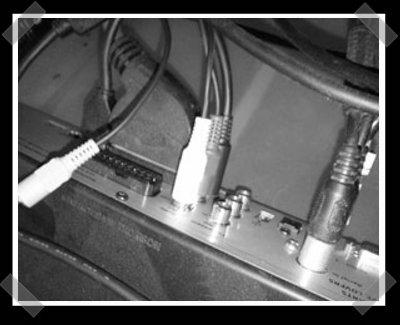
[David] took some interesting steps to put together his own Slingbox-ish setup. He used a Mac mini running Quicktime Broadcaster to capture the stream from a Firewire video camera which his cable/satellite receiver is plugged into. You’ll have to use an OS X machine, but that’s not too difficult these days. Broadcaster is about the simplest way to capture from Firewire and stream. We’re using it in our own office to multicast the signal from a Canadian satellite box.










